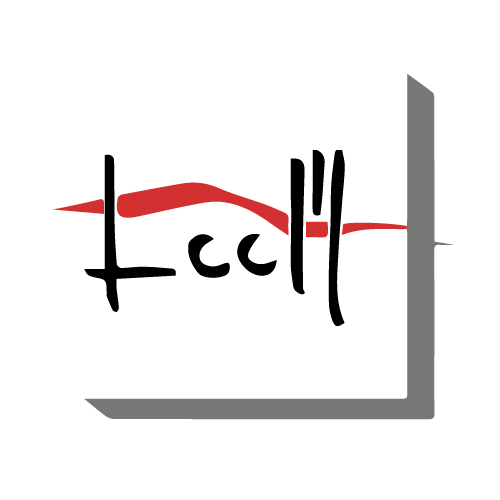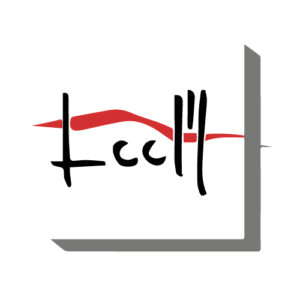- Edif. Las Terrazas de Garrucha 3ºF
- informacion@lucasmarquenie.es
- 950 617 100
- 627 435 505
PASSIVHAUS OR PASSIVE HOUSE
HEALTHY, ECOLOGICAL, CONSUMPTION HOUSES ALMOST NULL.
What is it?
It is a way of building that pursues zero energy consumption.
Passivhaus, also known as a passive house, is a form of construction that emerged in Germany in the 90s and has gradually gained ground internationally. It combines great comfort inside the building with minimal energy consumption. This is achieved thanks to the extreme care of the insulation and ventilation of the building.
THOUGHT FOR SAVINGS
Passive buildings is capable of containing up to 75% of the expense generated by heating or cooling the building. chieving maximum use of natural light and maintaining constant temperatures throughout the year. The low energy they need can come without renewable energy difficulties, making the energy consumption of these buildings extremely low.
The Passivhaus standard does not meet any particular architecture style, not even special materials or products, but instead focuses on optimizing the design through passive methods as a good orientation to guarantee the maximum amount of natural light, taking advantage of the location of the windows so that the sun warms the interior when closed and the ventilation when they open, minimize the area exponed to external agents, or use solar barriers to avoid heat in summer, thus achieving pleasant temperatures in the interior during the entire year.

“"The land is not an inheritance from our parents, it is a loan from our children."
- Hindu proverb
PILLARS OF A PASSIVE HOUSE
THERMAL ISOLATION
The need to use quality insulation and place it strategically is essential at any time of the year to avoid the exchange of temperature with the interior of the building at all costs.
Depending on the geographic location in which we are, the thickness of the insultaron must be adapted to the climatic needs of each place.
HIGH-QUALITY DOORS AND WINDOWS
The doors and windows are the weak points of any construction in terms of temperature exchange, which is why the architect must take special care in its placement both when designing the building and during the execution of the work.
The low thermal transmittance of the carpentry is achieved through double and triple glazed windows insulated internally with inert gas.
ELIMINATION OF THERMAL BRIDGES
A thermal bridge is an area of the building envelope where the temperature is transmitted more easily than in the rest. In passive construction we try to eliminate or reduce these areas to the maximum, taking special care in the joints between materials and looking for continuity of insulation.
AIR SEALING
Air currents that occur through holes, cracks or windows in traditional buildings can be uncomfortable, especially in the winter months, even causing condensation in certain areas. Sufficiently tight quality construction combined with an efficient ventilación system will improve comfort and ensure a pleasant temperature throughout the year.
VENTILATION WITH HEAT RECOVERY
Both the people and the machines we use daily generate heat continuously, this ventilation system takes advantage of this heat from the stale air before expelling it to the outside to heat the clean air that will be introduced into the building. By considerably reducing the energy needed to heat the construction, we can forget about those traditional heating systems that consume so much energy and a small heat source would be sufficient with the corresponding economic and energy savings.
ADVANTAGES OF A PASSIVE HOUSE
- Effective insulation
- Acoustic isolation
- Economic savings
- Thermal comfort
- Strategic orientation
- Humidity controlled
- Energy-saving
- Air quality
CONTACT
- Edif. Las Terrazas de Garrucha 3ºF 04630 GARRUCHA, Almería(España)
- 950 617 100
- 627 435 505
- informacion@lucasmarquenie.es
LUCAS C.C. MARQUENIE

©2019 Copyright LUCAS C.C. MARQUENIE. Desarrollado por KarmaBox


